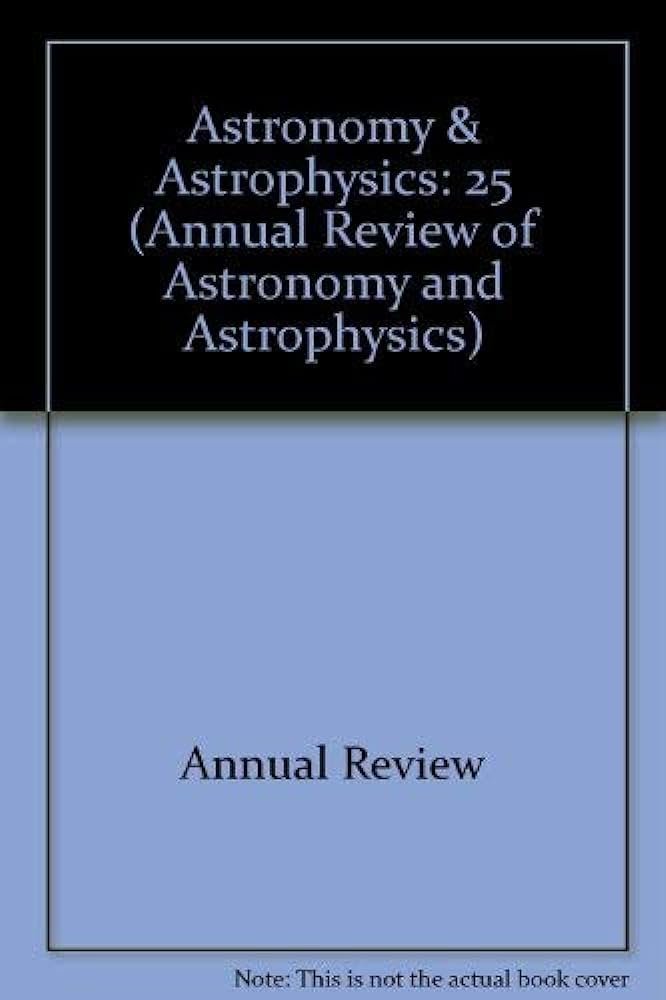球状星团中的多重恒星群
IF 32.5
1区 物理与天体物理
Q1 ASTRONOMY & ASTROPHYSICS
Annual Review of Astronomy and Astrophysics
Pub Date : 2017-12-04
DOI:10.1146/annurev-astro-081817-051839
引用次数: 330
摘要
球状星团(GC)表现出特定元素(如He、C、N、O、Na、Al)的星间变化,这些元素具有高温H燃烧的特征。由于带通内光谱特征的变化,这些丰度变化可以通过光谱法和光度法观察到,也可以通过适当选择滤波器来观察到。这种现象几乎在所有古代GC中都有观察到,尽管迄今为止,还没有在任何小于2 Gyr的大质量星团中发现。有人提出了许多场景来解释这一现象,大多数场景都引用了星团内恒星形成的多个时期;然而,所有这些都未能再现各种关键观察结果,特别是当对GC种群进行全局观察时。我们回顾了当前观察的状态,并概述了每种主要模型的成功和失败。利用第一代恒星喷出的恒星形成第二代恒星的传统想法,虽然概念上很简单,但未能再现越来越多的观测约束。我们得出的结论是,多重种群的谜题仍未解决,因此需要替代理论。本文章由计算机程序翻译,如有差异,请以英文原文为准。
Multiple Stellar Populations in Globular Clusters
Globular clusters (GCs) exhibit star-to-star variations in specific elements (e.g., He, C, N, O, Na, Al) that bear the hallmark of high-temperature H-burning. These abundance variations can be observed spectroscopically and also photometrically, with the appropriate choice of filters, due to the changing of spectral features within the band pass. This phenomenon is observed in nearly all of the ancient GCs, although, to date, it has not been found in any massive cluster younger than 2 Gyr. Many scenarios have been suggested to explain this phenomenon, with most invoking multiple epochs of star formation within the cluster; however, all have failed to reproduce various key observations, in particular when a global view of the GC population is taken. We review the state of current observations and outline the successes and failures of each of the main proposed models. The traditional idea of using the stellar ejecta from a first generation of stars to form a second generation of stars, while conceptually straightforward, has failed to reproduce an increasing number of observational constraints. We conclude that the puzzle of multiple populations remains unsolved, hence alternative theories are needed.
求助全文
通过发布文献求助,成功后即可免费获取论文全文。
去求助
来源期刊

Annual Review of Astronomy and Astrophysics
地学天文-天文与天体物理
CiteScore
54.80
自引率
0.60%
发文量
14
期刊介绍:
The Annual Review of Astronomy and Astrophysics is covers significant developments in the field of astronomy and astrophysics including:The Sun,Solar system and extrasolar planets,Stars,Interstellar medium,Galaxy and galaxies,Active galactic nuclei,Cosmology,Instrumentation and techniques,
History of the development of new areas of research.
 求助内容:
求助内容: 应助结果提醒方式:
应助结果提醒方式:


